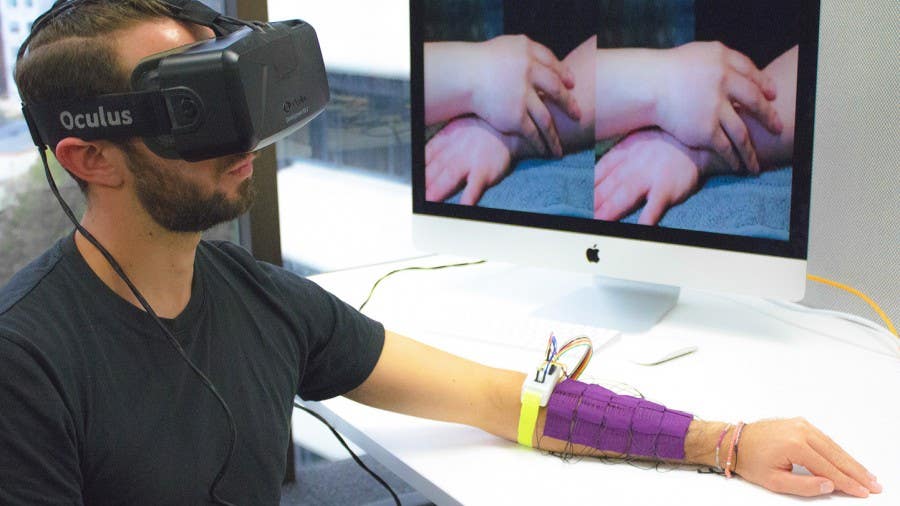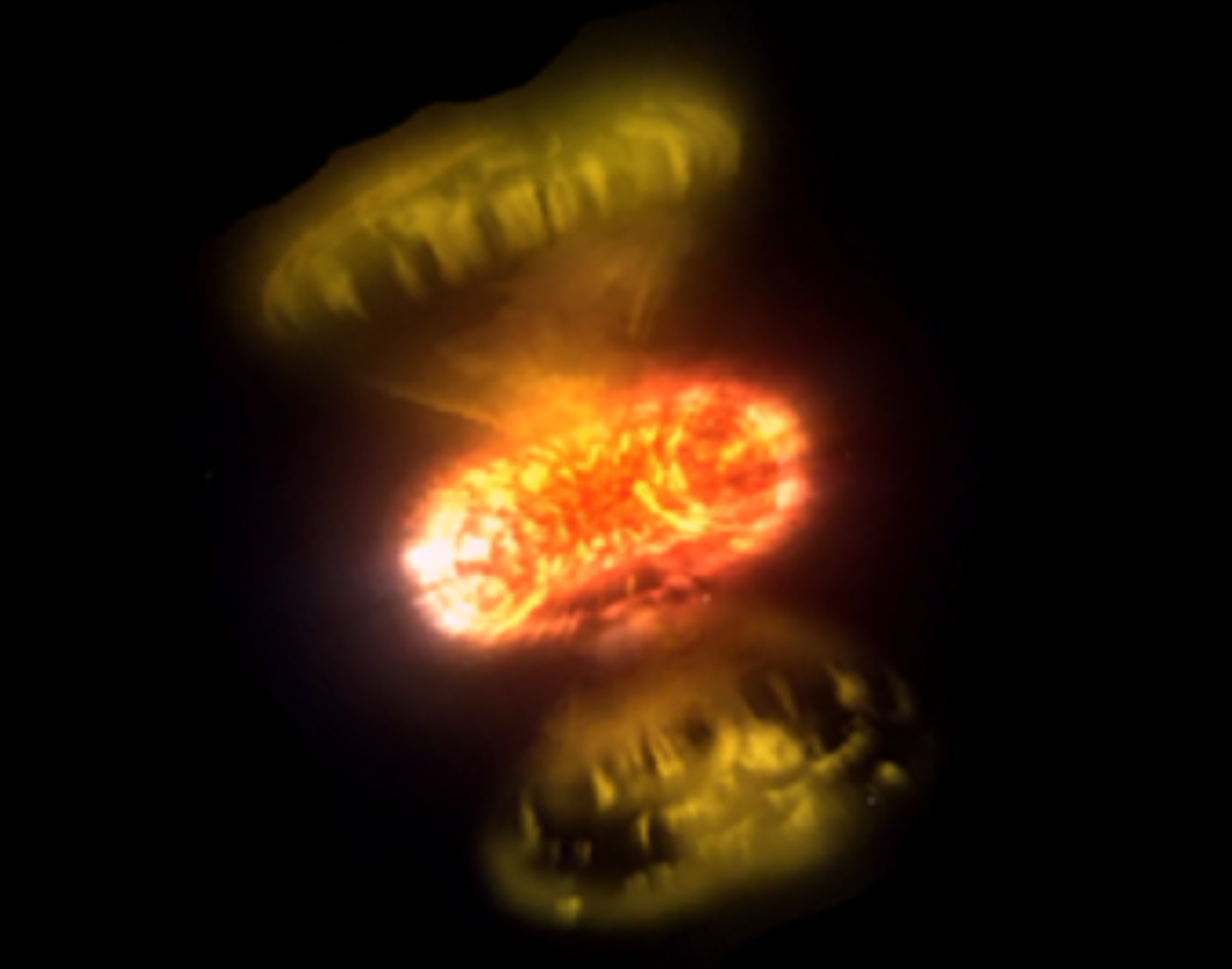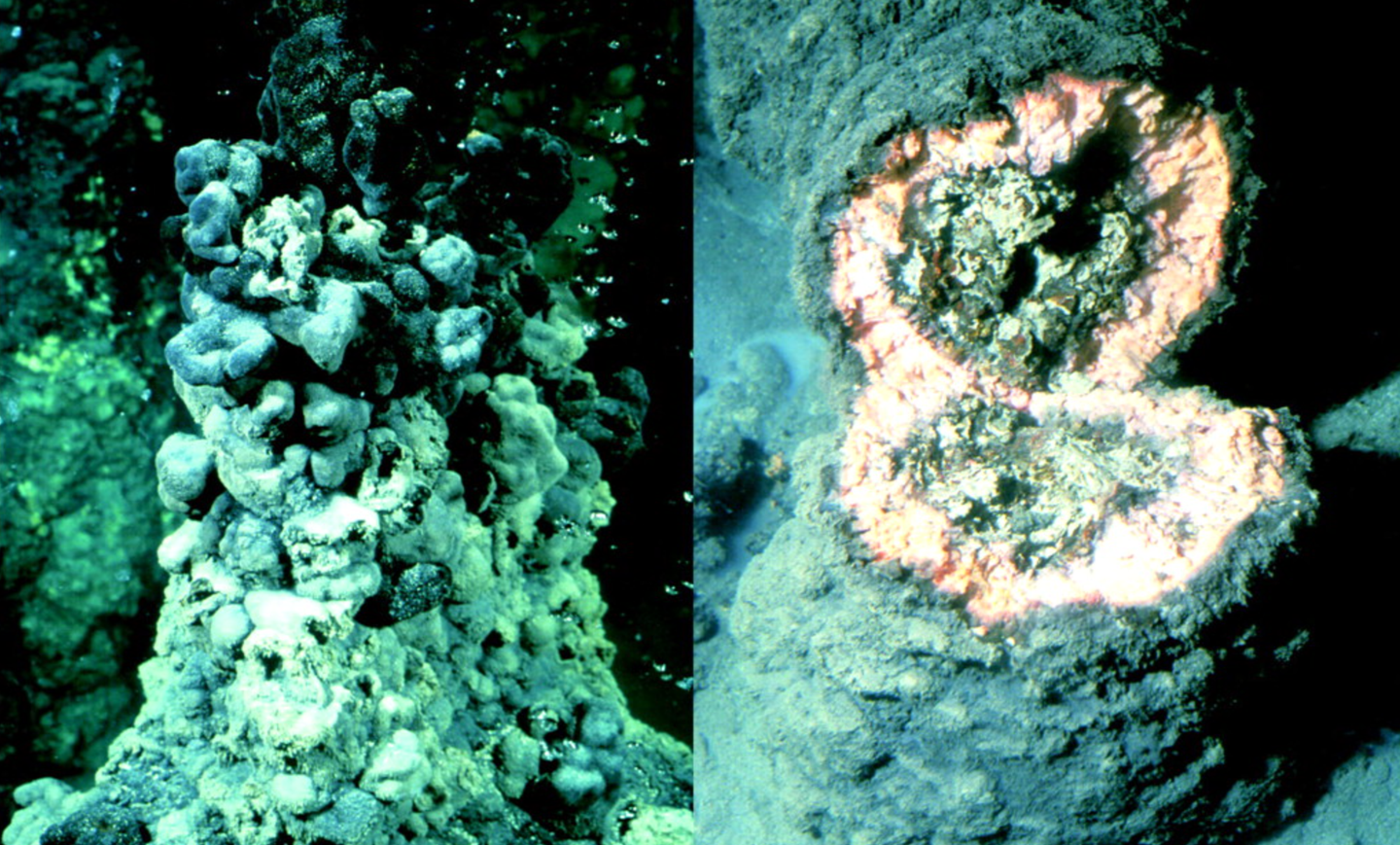Major Breakthrough in Neuroscience: When We Feel Things That Are Not There
Researchers have recently made remarkable strides in understanding human perception through the lens of virtual reality.

[Nov. 17, 2023: JJ Shavit, The Brighter Side of News]
Sight, hearing, smell, taste, touch: We’re all familiar with the five senses that allow us to experience our surroundings. (CREDIT: Creative Commons)
Virtual reality (VR) has transcended its traditional realm of gaming and entertainment, finding a promising niche in the realms of science and medicine. Researchers at Ruhr University Bochum, Germany, have recently made remarkable strides in understanding human perception through the lens of virtual reality.
Their groundbreaking study has unveiled a previously undiscovered phenomenon known as the "phantom touch illusion," shedding light on the intricacies of human sensory experiences in the virtual world. Led by Dr. Artur Pilacinski and Professor Christian Klaes from the Department of Neurotechnology, this research is poised to reshape our understanding of VR's potential applications. Their findings were published in the prestigious journal Scientific Reports of the Nature Publishing Group.
Virtual Reality and Human Perception
The allure of virtual reality lies in its ability to immerse users in lifelike digital environments. Yet, what sets this study apart is its focus on the peculiar sensation of touch within VR, a phenomenon that defies the boundaries of physical reality.
Dr. Artur Pilacinski, the study's first author, explains, "People in virtual reality sometimes have the feeling that they are touching things, although they are actually only encountering virtual objects." This phenomenon, known as the phantom touch illusion, was described by most participants as a tingling, prickling, electrifying sensation, or as if a gentle breeze passed through their hand.
Related News
To unravel the mystery of the phantom touch illusion, the team of neuroscientists embarked on a rigorous study involving 36 volunteers equipped with VR glasses. Initially, participants familiarized themselves with the virtual environment by interacting with virtual objects. Subsequently, they were tasked with touching their own hand in the virtual space using a virtual stick.
Participants were periodically asked if they felt any sensations during these interactions. If no sensations were reported, participants continued the tactile exploration, and the question was posed once more. If sensations were indeed felt, participants were asked to describe them and rate their intensity at different hand locations. A remarkable consistency emerged, with a majority of participants describing the sensation as "tingling."
Intriguingly, a control experiment was conducted to determine whether similar sensations could be elicited in the absence of visual contact with virtual objects, solely due to experimental conditions. In this control scenario, a small laser pointer was used instead of virtual objects to simulate touch. Surprisingly, the control experiment failed to evoke the phantom touch illusion, underscoring its unique association with the virtual realm.
A team from Bochum is using virtual reality to research phantom sensations. (CREDIT: IGSN, RDN / Heike Engelberg)
One of the most astonishing findings was that the phantom touch illusion occurred even when participants touched parts of their bodies that remained invisible in virtual reality. This observation hints at the complex interplay between various sensory perceptions and the internal representation of the human body. Marita Metzler, the study's second author, elaborates, "This suggests that human perception and body sensation are not only based on vision but on a complex combination of many sensory perceptions."
The discovery of the phantom touch illusion holds immense promise for future research into human perception, as well as its potential applications in the fields of virtual reality and medicine. Professor Christian Klaes, a key member of the Research Department of Neuroscience at Ruhr University, envisions its broader impact, stating, "It could even help to deepen the understanding of neurological diseases and disorders that affect the perception of one's own body."
Schematic depiction of stimulation with the virtual stick in prone and supine positions. (B) A screenshot of the VR stimulation scene in prone and supine positions. (C) Stimulation sites: fingertips, fingers (phalanges), palm and forearm. The forearms were invisible to subjects (B). (CREDIT: Scientific Reports)
The pioneering research conducted at Ruhr University Bochum has paved the way for further exploration of the phantom touch illusion and its underlying processes. To this end, the researchers have initiated a collaboration with the University of Sussex. Dr. Artur Pilacinski emphasizes the importance of distinguishing between the actual sensations of phantom touch and other cognitive processes that may influence the reporting of such embodied sensations, such as suggestion or experimental situation demands. Additionally, the team intends to delve into the neural basis of the phantom touch illusion through collaborations with other partners.
Intriguingly, this research is emblematic of the broader efforts undertaken by Ruhr University Bochum's Research Department of Neuroscience (RDN). The RDN has consistently fostered exceptional research strength in the field of systems neuroscience, further solidifying the university's reputation as a hub of cutting-edge scientific inquiry.
Left-hand results of phantom touch intensity ratings across different locations on the hand and the forearm. Box colors represent the relevant parts of the hand as depicted on the right; gray dots represent individual data points; horizontal line represents the median; whiskers represent 1.5 times the interquartile range. (CREDIT: Scientific Reports)
The emergence of the phantom touch illusion as a subject of scientific scrutiny represents a significant milestone in our understanding of human perception within virtual reality. This research not only unlocks the doors to exciting possibilities in VR but also holds the potential to illuminate the intricacies of neurological conditions that impact our perception of self.
As Ruhr University Bochum and its collaborators continue their exploration of this enigmatic phenomenon, we eagerly anticipate the future revelations it may unveil, offering new insights into the complexities of the human mind in the digital age.
Note: Materials provided above by The Brighter Side of News. Content may be edited for style and length.
Like these kind of feel good stories? Get the Brighter Side of News' newsletter.



